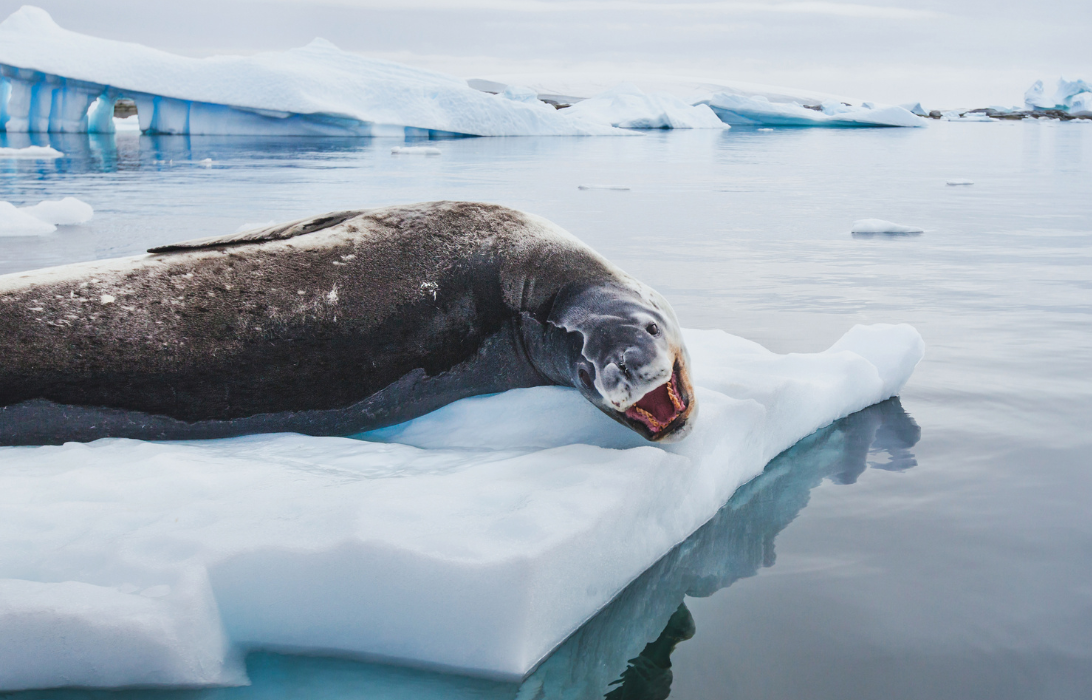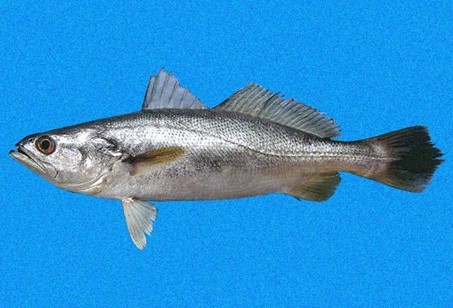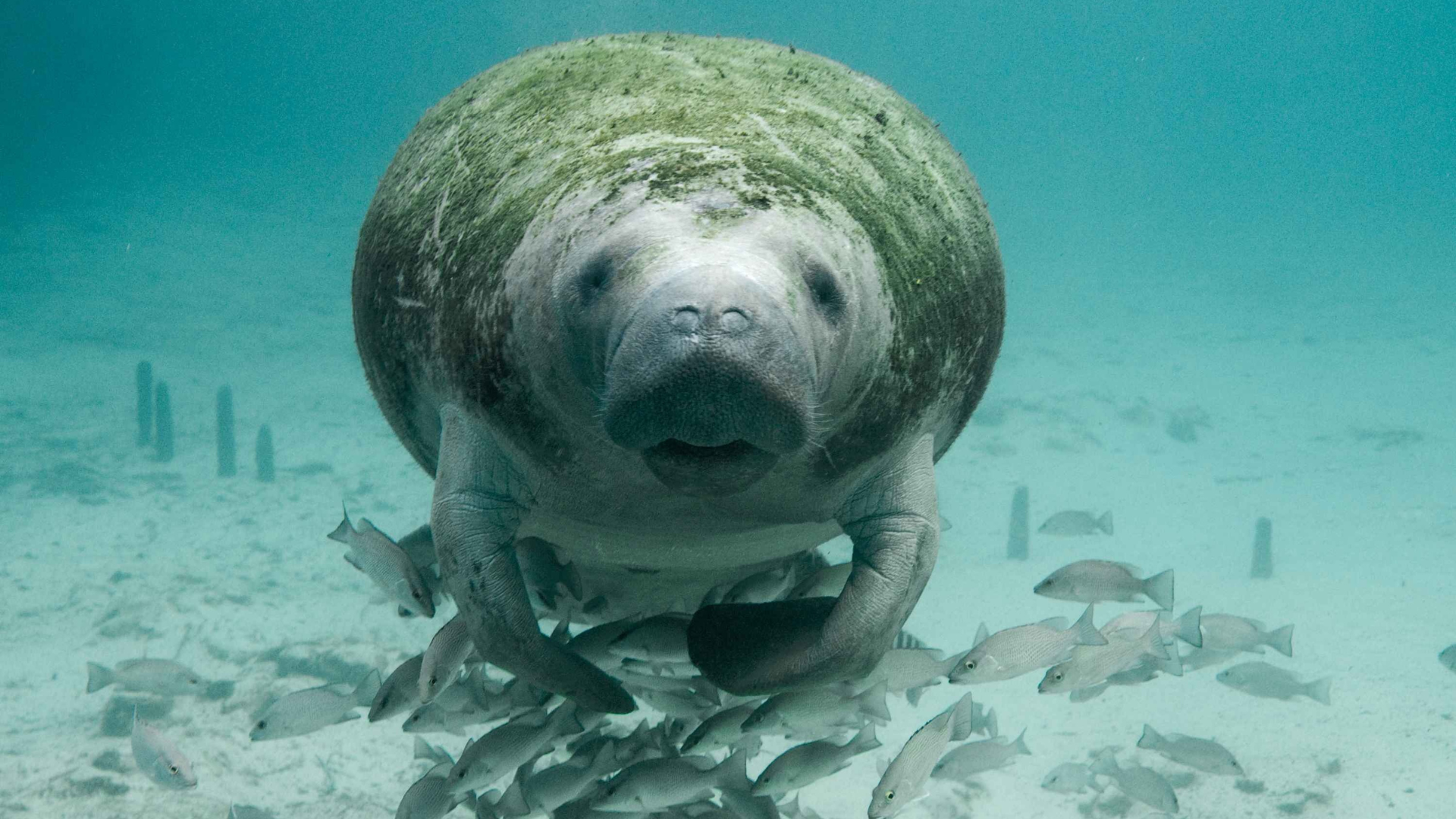Sounds of the Harbor Seal
Harbor seals are recognized for emitting a diverse range of sounds, both beneath the water’s surface and in the air. Their underwater vocalization is characterized as a roar. They can detect underwater tonal signals between 0.25 and 100 kHz. In addition, they generate brief barks, tonal honks, grunts, growls, roars, moans, and pup contact calls when above water. Listen for yourself in the audiographs below!
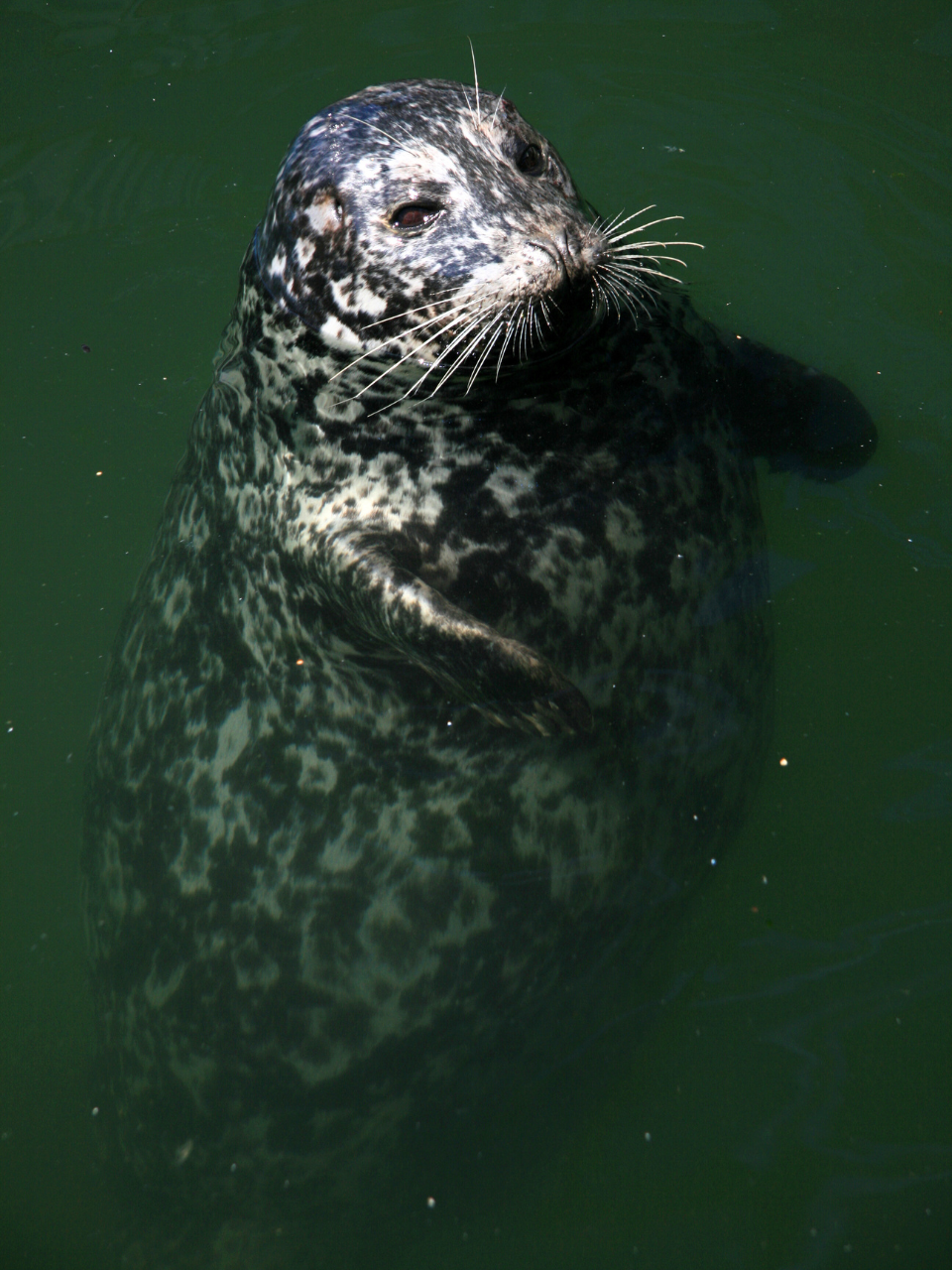
Sounds of the Harbor Seal
Harbor seals are recognized for emitting a diverse range of sounds, both beneath the water’s surface and in the air. Their underwater vocalization is characterized as a roar, with the highest frequency occurring around 1.2 kHz. In addition, they generate brief barks, tonal honks, grunts, growls, roars, moans, and pup contact calls when above water. Listen for yourself in the audiographs below!
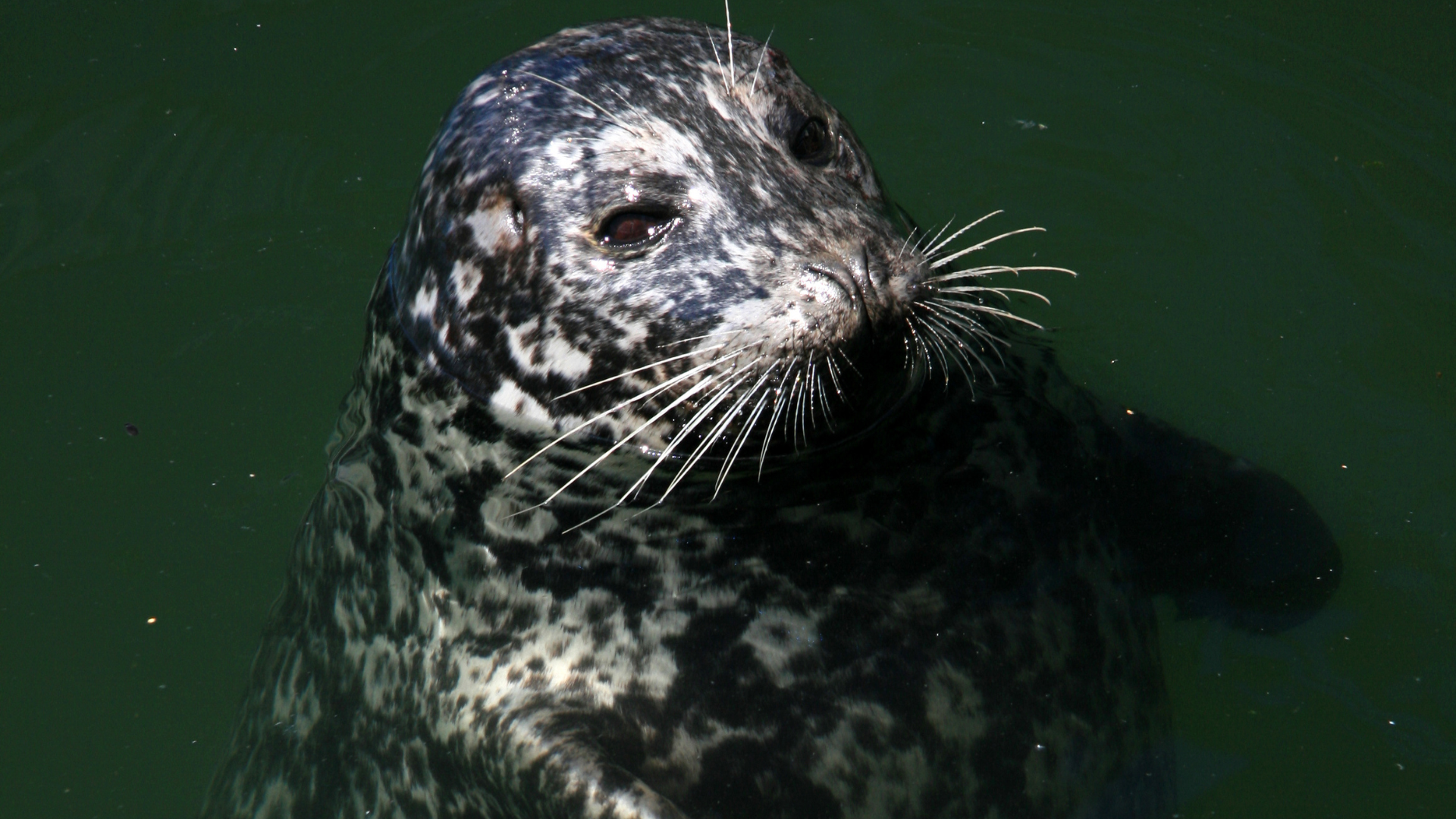
Harbor Seal Facts
LATIN NAME Phoca vitulina
LENGTH 1.6m – 1.8m (5.3 ft – 6.1 ft)
WEIGHT 54 kg – 167 kg (120 lb – 370 lb)
LIFETIME Maximum 36 years for females and 31 years for males
PHYSICAL TRAITS They possess a unique pattern of spots, either dark on light or light on dark background. They vary in color from brownish black to tan or gray, with the underparts being generally lighter. The body and flippers are short, the heads are rounded and the nostrils appear distinctively V-shaped. As with other true seals, there is no pinna (ear flap). An ear canal may be visible behind the eye.
BEHAVIOR They mate underwater, and during the breeding season, males establish underwater territories and use acoustic signals to defend these areas. These vocalizations are known as “roars.” Roars are low frequency vocalizations that directly overlap with the low frequency noise associated with vessels.
HABITAT Harbor seals are commonly seen resting on rocks and beaches along the coast and on floating ice in glacial fjords. They prefer to frequent familiar resting sites. They may spend several days at sea and travel up to 50 km in search of feeding grounds, and will also swim more than a hundred miles upstream into fresh water in large rivers. Their resting sites may be both rugged, rocky coasts, such as those of the Hebrides or the shorelines of New England, or sandy beaches, like the ones that flank Normandy in Northern France or the outer Banks of North Carolina. Harbor seals frequently congregate in harbors, bays, sandy intertidal zones.
LOCATIONS Temperate coastal habitats along the northern coasts of North America, Europe, and Asia. They occur on the U.S. East and West coasts. On the East Coast, harbor seals are found from the Canadian Arctic to the Mid-Atlantic. They are one of the most common marine mammals along the U.S. West and East Coasts.
FOOD Prey fish such as salmon, menhaden, anchovy, sea bass, herring, mackerel, cod, whiting and flatfish, and occasionally shrimp, crabs, mollusks, and squid.
PREDATORS Primary marine predator is the white shark, but they are also targeted by other large sharks and killer whales. On land, young or sickly seals resting onshore can fall prey to coyotes and bobcats, while in the Arctic regions, they must be wary of polar bears.




